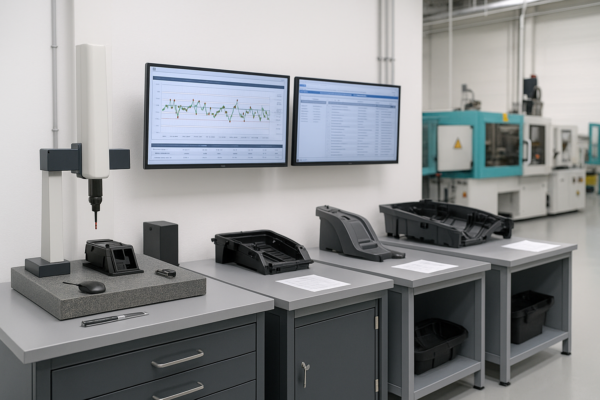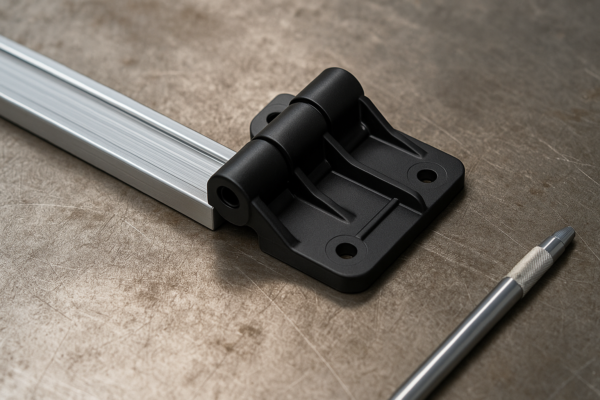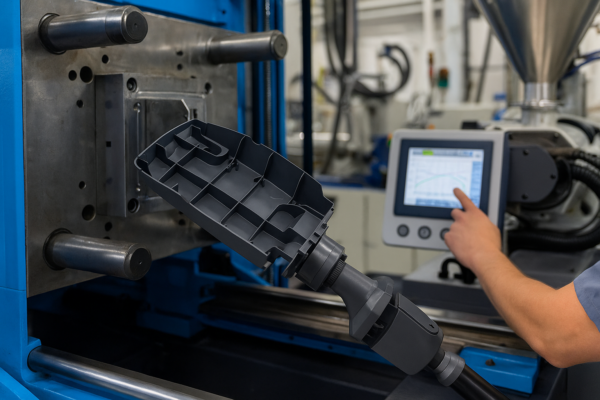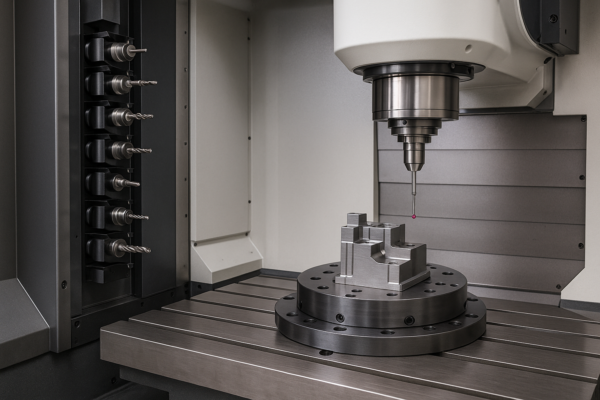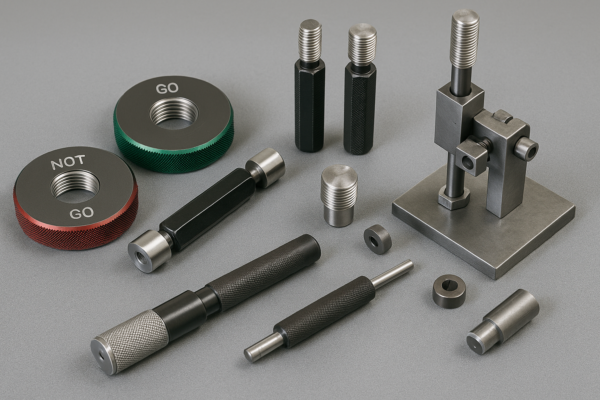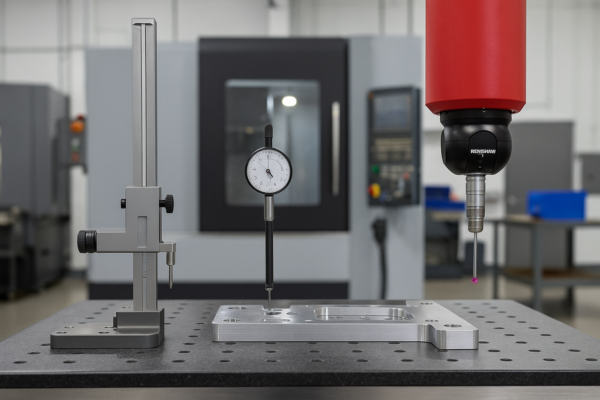How to Source Custom Welded Metal Parts from China: Supplier Selection, Process Control, and Quality Assurance?
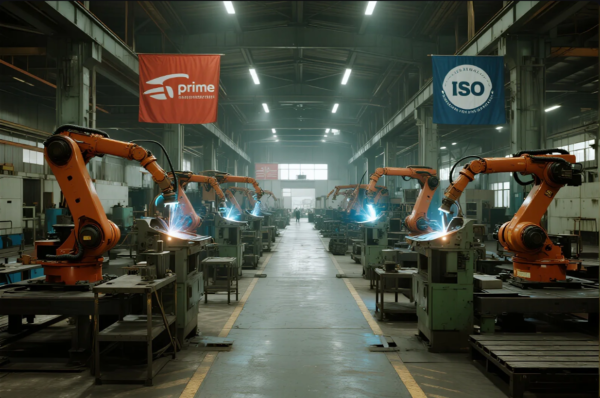
Many buyers struggle with delayed shipments, vague specifications, or inconsistent quality when sourcing custom welded metal parts from China. These issues can create real business risk, especially for projects with tight schedules or strict standards.
To succeed, buyers must choose suppliers with real manufacturing credentials, strong engineering, flexible customization, and full quality assurance. This guide uses global sourcing resources, technical standards, and practical experience to help you source custom welded parts from China confidently.
If you want to avoid production headaches, costly rework, and missed deadlines, keep reading to see how top international companies manage their supply chain and quality.
How to Identify a Reliable Metal Welding Parts Manufacturer?
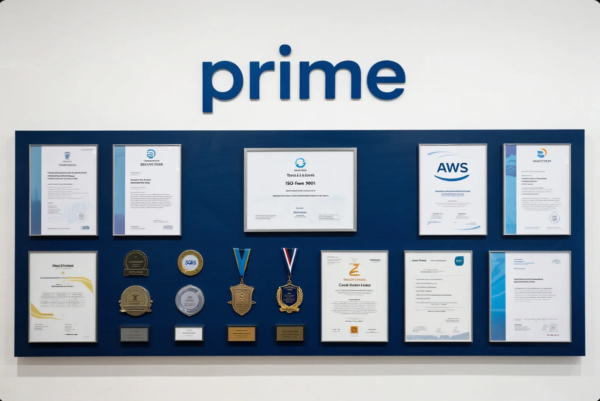
The global B2B market is full of suppliers, but not all deliver consistent quality or on-time service. Many buyers have faced project losses by choosing unqualified factories. A supplier’s true capability is proven by international certifications, traceable export records, and positive client reviews.
Professional suppliers showcase ISO certification, display recent SGS or Bureau Veritas audit reports, and maintain D-U-N-S numbers. Real factories are verified on Alibaba, Global Sources, Made-in-China, ImportYeti, HKTDC, and Kompass.
Leading manufacturers also feature strong digital presence and customer testimonials on Trustpilot, SiteJabber, Clutch, and Thomasnet. Look for ISO 9001, ISO 3834, or AWS D1.1 credentials on the company website.
10 Steps for Reliable Supplier Selection
- Check ISO, AWS, or EN certifications (BSI Group)
- Review factory audit reports (SGS, TÜV Rheinland)
- Verify business license and export record (Chinabusinesslicense.com, ImportGenius)
- Request customer references (LinkedIn)
- Test their responsiveness with technical questions (ProZ.com)
- Review sample production videos (YouTube)
- Ask about logistics and packaging (Maersk, DHL)
- Insist on detailed inspection reports (Quality Magazine)
- Confirm their use of Freightos or reputable forwarders
- Explore third-party review platforms (Trustpilot, SiteJabber)
A factory with open communication, transparent documentation, and positive global reviews is a strong partner for any B2B project.
Customization Capabilities for Welded Metal Parts: Material, Size, Surface Finish
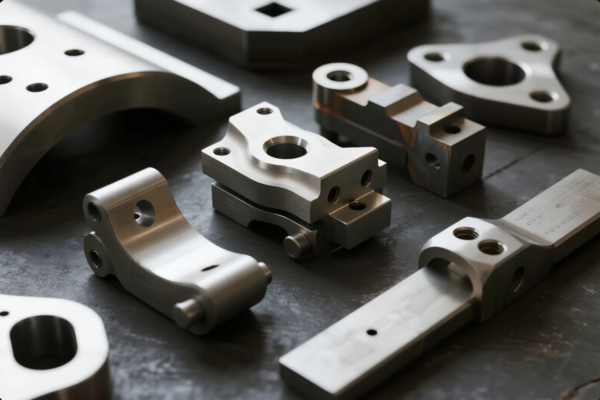
A reliable supplier must be able to process drawings, select materials, and finish parts to your specification. True customization covers engineering, materials, geometry, welding process, and even the final packaging and labeling.
Top Chinese suppliers support a range of customizations: SS304/316, carbon steel, aluminum (Matmatch), copper, brass; complex geometries using CNC, laser, and robotic welding (Fanuc); tight tolerances with Hexagon or Mitutoyo; finishes like powder coating (Axalta), anodizing (Aluminium Anodizing), or hot-dip galvanizing (AZZ).
Leading suppliers use advanced design platforms (AutoCAD, SolidWorks, Fusion 360), accept multi-format files, and help with DFM optimization. For weld process choice, see guides from Lincoln Electric, ESAB, or Miller Welds.
Customization Checklist
| Custom Parameter | Best Practices | Example Providers |
|---|---|---|
| Materials | Request full chemical certificates, RoHS/REACH | SGS |
| Geometry/Tolerance | Share 2D/3D models with key tolerances | Hexagon |
| Weld Process | Define MIG, TIG, spot, or robotic per application | Fanuc |
| Surface Finish | Specify RAL codes, plating thickness, polish | RAL Colors |
| Logo/Marking | Laser engraving or pad print as required | Trotec Laser |
| Testing & Certification | Request specific test or compliance (ASTM, EN) | TÜV |
Request pre-production samples, color chips, or finish panels to confirm quality before mass production. Reference The Fabricator and Thomasnet for in-depth customization topics.
Quality Inspection Methods for Welded Parts: Visual, NDT, and Mechanical Testing
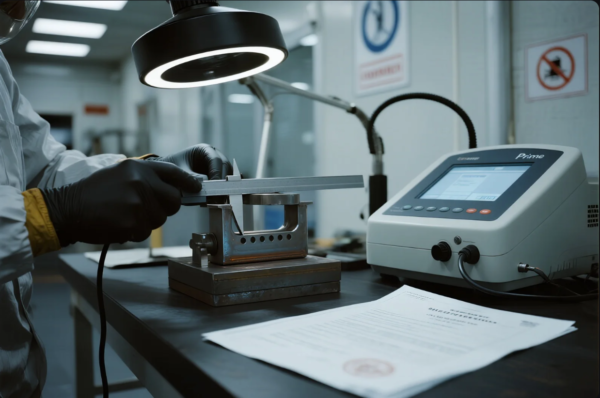
Global buyers require proof, not promises. Quality assurance must meet international standards, with full records and traceability for every order.
Leading factories use SGS, TÜV Rheinland, and Bureau Veritas for audit and inspection, perform NDT (TWI), dimensional checks with CMM (Mitutoyo), and weld quality tests (Instron).
See standards from ISO, AWS, ASTM, EN, and IEC for full compliance.
Quality Control Points
| Inspection Step | Method/Equipment | Reference Domain |
|---|---|---|
| Raw material check | Spectro/chemical analysis | Bruker |
| Visual weld check | Magnifier, LED, camera, weld gauges | Olympus IMS |
| Dimension check | Caliper, CMM, go/no-go gauge | Hexagon, Mitutoyo |
| NDT | Ultrasonic, X-ray, dye penetrant | GE Measurement, FluorX |
| Mechanical test | Tensile, bend, hardness | Instron |
| Packaging test | Drop, vibration, humidity | ISTA |
A reliable supplier provides full inspection photos, test reports, batch numbers, and digital QC records for each shipment. Learn about quality culture at Quality Magazine and the American Welding Society.
Case Studies: Successful Custom Welded Projects for Global Industries

Project examples demonstrate real capabilities. Prime serves automotive, construction, machinery, energy, renewables, rail, food equipment, and medical device markets.
From custom CNC-welded housings for medical equipment (ISO 13485), to robotic-welded automotive frames (IATF 16949), to stainless steel control boxes for construction, each project included DFM review, sample approval, multi-stage QC, and global export.
Learn about manufacturing case studies at IndustryWeek, The Fabricator, MetalForming Magazine, Assembly Magazine, and Manufacturing.net.
Example Projects with Global Standards
- Automotive Robot Base Frames: DFM with SolidWorks, robotic weld, EN 15085, NDT, packaging with Maersk.
- Outdoor IP66 Control Cabinets: SS304, salt spray tested (ASTM B117), IP tested (IEC), UL inspection (UL Directory).
- Energy Sector Skid Bases: MIG/Arc, AWS D1.1, SGS audit, export crating (Packhelp).
- Medical Device Housings: Micro-TIG, anodized finish (Aluminium Anodizing), ISO 13485 docs, batch traceability (GS1).
- Rail Welding Projects: EN 15085 certification, project logistics (DHL), European market standards (CENELEC).
Frequently Asked Questions (FAQs)
Q1: How do I verify a Chinese supplier’s legitimacy?
A: Ask for ISO, AWS, EN certificates (ISO Search), licenses (Chinabusinesslicense.com), check ImportYeti, and request SGS or TÜV audits.
Q2: Can I order prototypes or low MOQ?
A: Yes. Prime provides rapid prototypes (Protolabs), small batch, and scaling to volume. See sample policy at Fictiv.
Q3: What files are best for custom orders?
A: PDF, DWG, STEP, DXF, or 3D CAD. Use AutoCAD, SolidWorks, or Fusion 360.
Q4: How can I guarantee my parts pass audits?
A: Request all reports: ISO, AWS, EN, weld and material certs, test reports (SGS), and third-party inspection (QIMA).
Q5: How does Prime pack and ship globally?
A: Custom export packaging (Packhelp), barcodes (GS1), ISTA tested, and major forwarders (DHL, Maersk).
Q6: How fast can Prime deliver?
A: Standard 15-30 days production plus Freightos logistics. Air and rush available.
Q7: Does Prime help with assembly or kitting?
A: Yes. Sub-assembly, kitting, and Amazon FBA prep on request.
Q8: What payment and incoterms are available?
A: T/T, L/C, PayPal. FOB, CIF, EXW, DDP (Incoterms).
Contact Prime
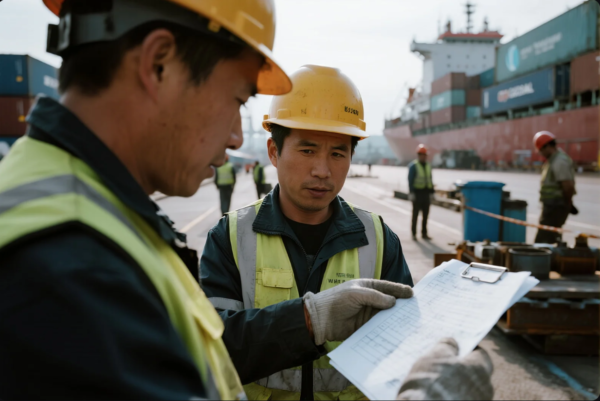
Ready to source custom welded parts without risk? Contact Prime for certified quality, full traceability, and fast response.
Visit https://primecustomparts.com/ or email [email protected] for a free quote, technical consult, or DFM review. All inquiries get fast, personal engineering support.
Conclusion
Sourcing welded parts from China is safe and simple when you select a certified supplier, require documentation, and check references using global resources. Prime, backed by 20+ years of experience, helps B2B buyers achieve quality, delivery, and compliance with every order.

